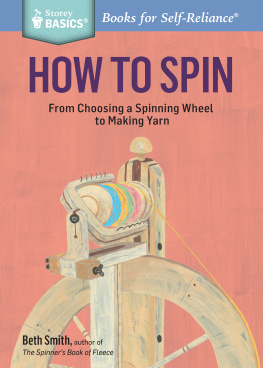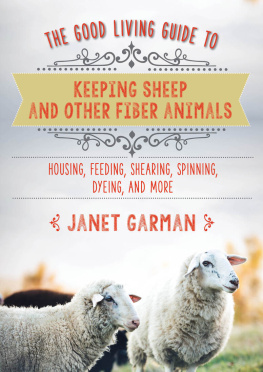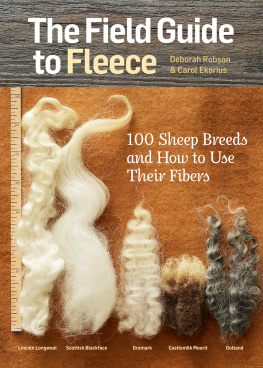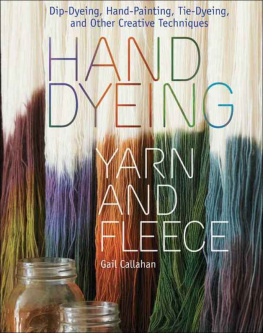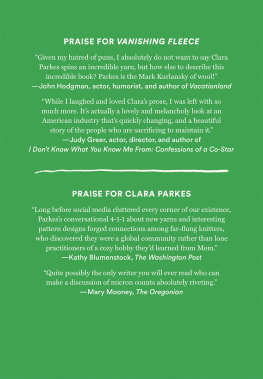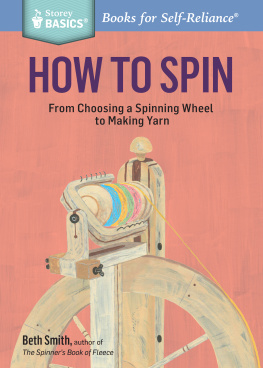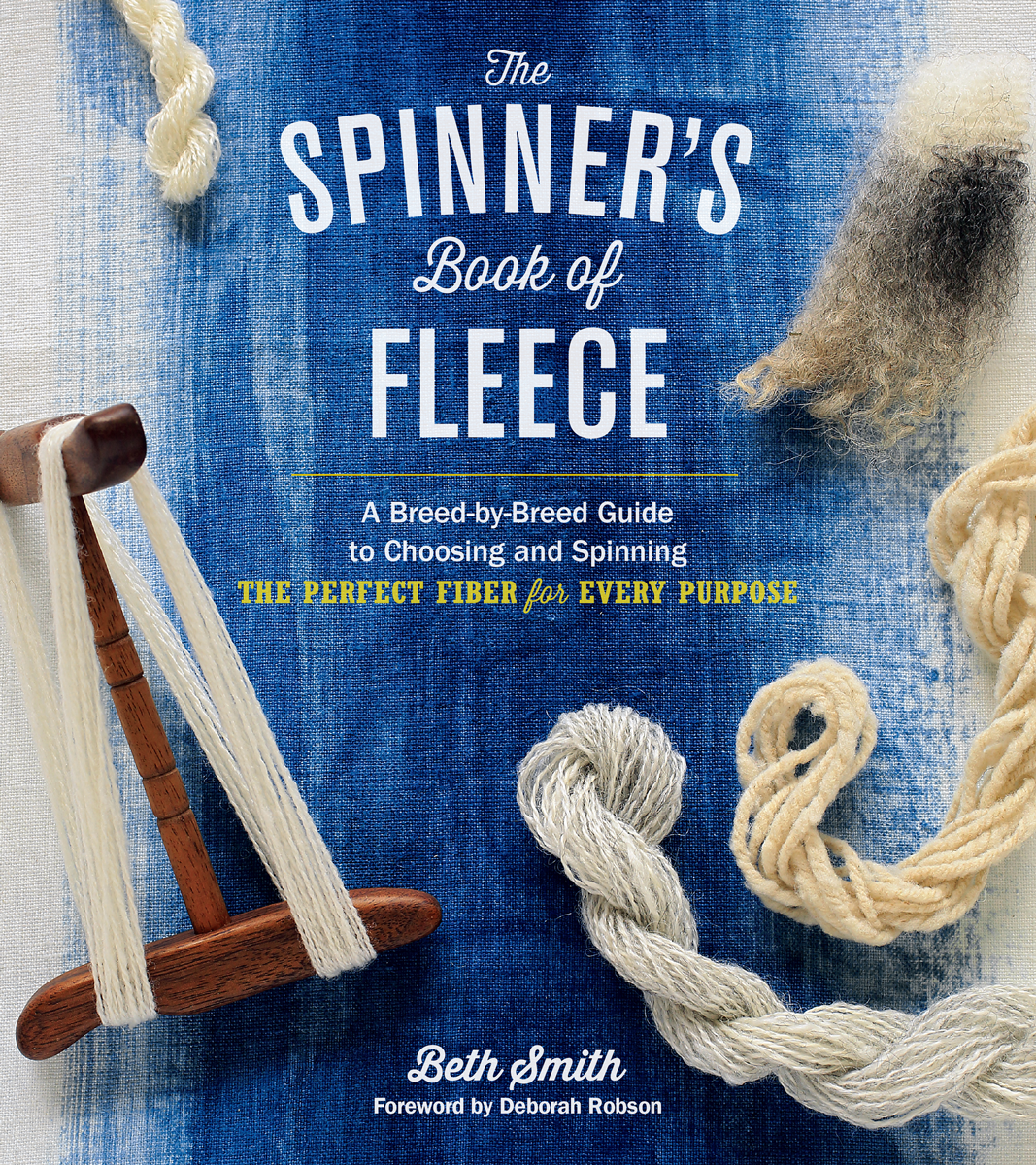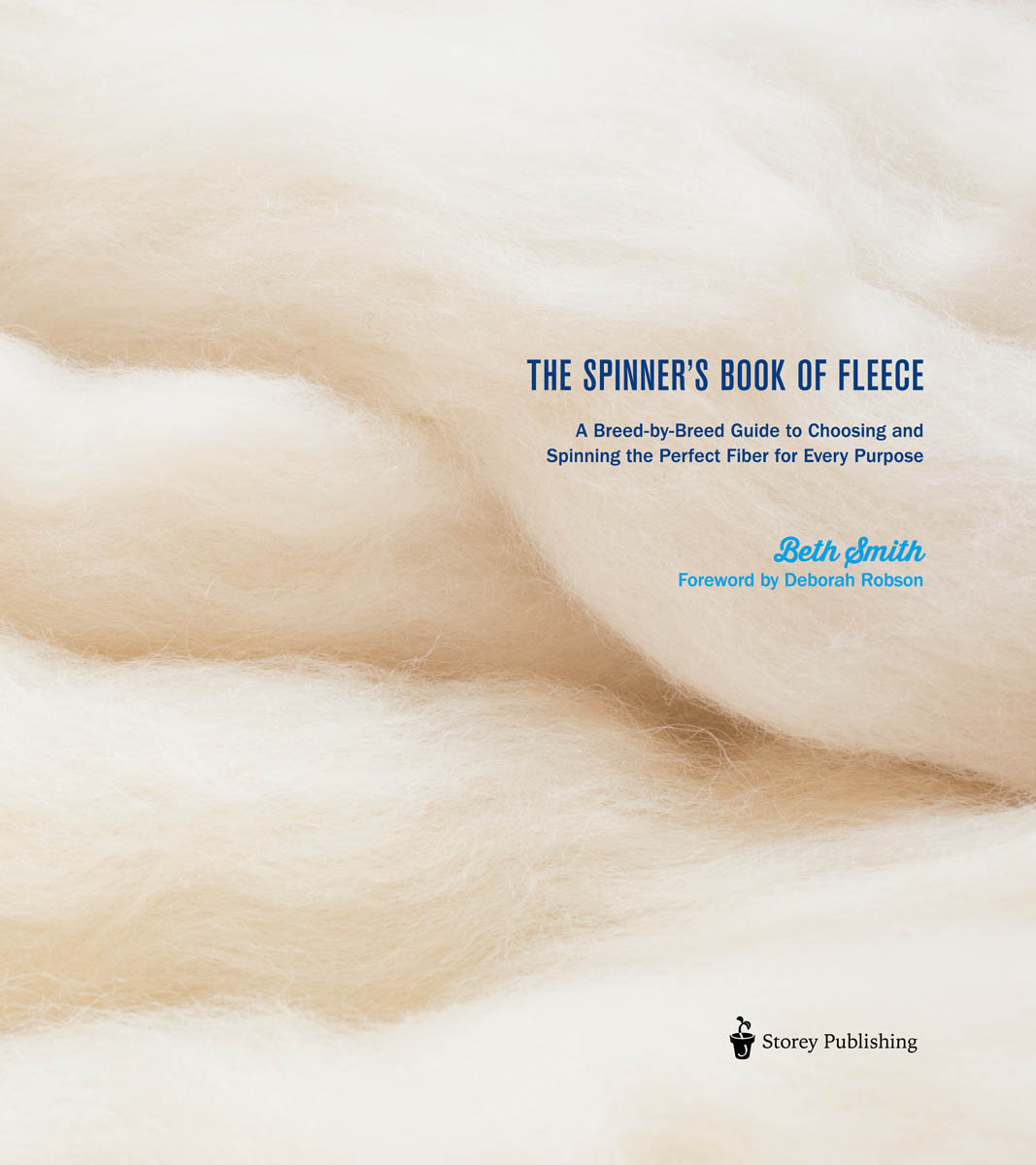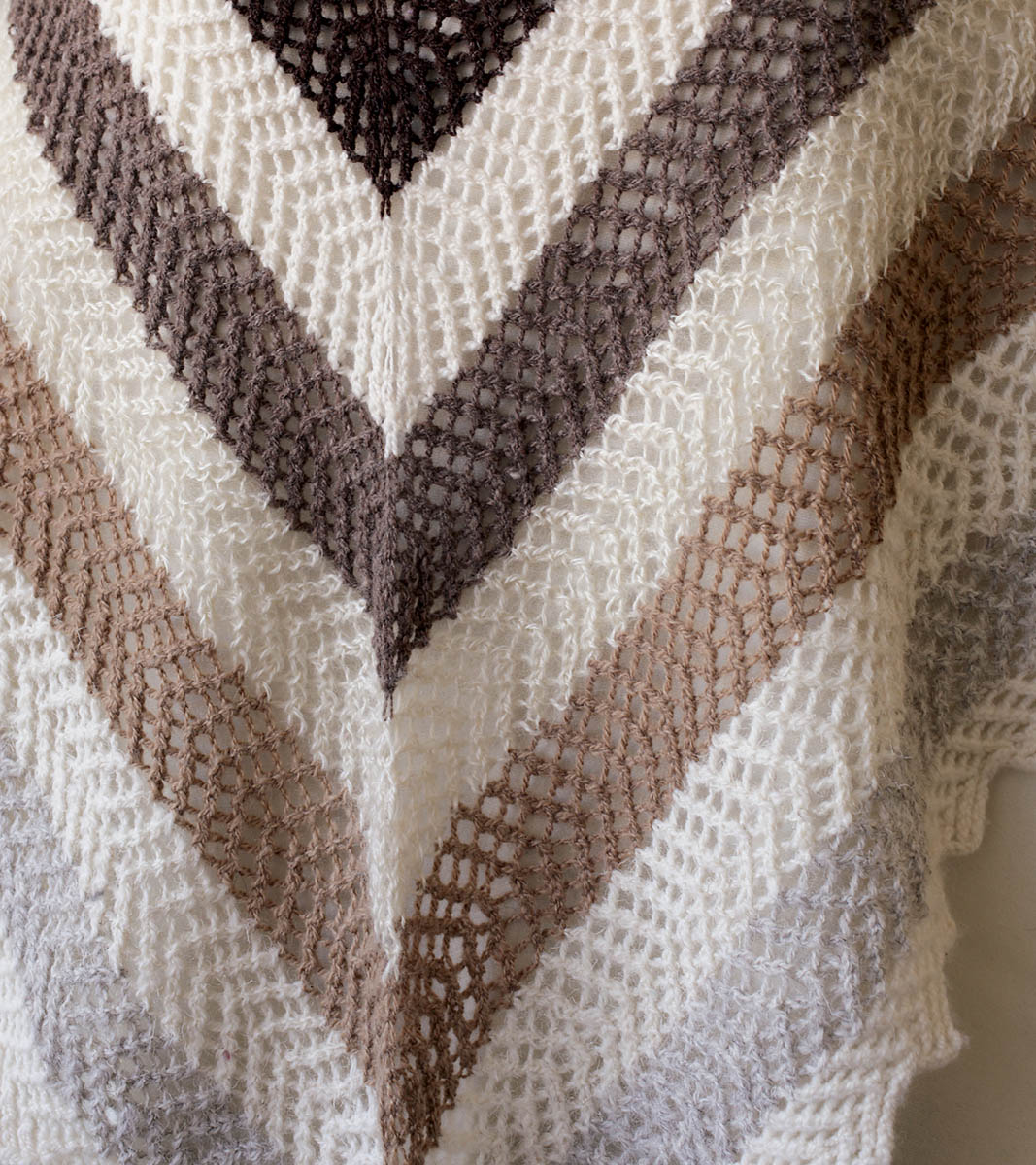For my husband and best friend, Lou, who is the voice of reason to my nonsense and the calm in my whirlwind.
Contents
Foreword
This e-mail note from Beth Smith, written in 2008, captures perfectly the magic, enthusiasm, and wonder that she shares in this book.
I teach a revolving breed study. Three months of fine wools, three months of long and crossbred wools, three months of Downy fibers, and three months of double-coated and other breeds. Its funny because I begin each introduction of a new breed with, I love this wool. Its great for.... The students think its funny that I love them all.
Of course, I dont think thats at all funny! (Well, amusing: yes. Odd: no.) I, too, love the myriad and wonderful varieties of wool. Yet those multiple manifestations make it hard for fiber folk to get their minds (and hands) around the material and make the best use of each type.
To learn about and become confident in approaching and handling wool, you need curiosity and a plan. Many of us are in the position Beth was in before she began the serious work on this project, when she said, Ive spun samples for years and then never save them so have nothing to show for my work. Silly me. She began with curiosity and discovered the necessity for a plan (and some record-keeping).
To produce a guide like this requires much more. In addition to curiosity and a plan, it calls for enthusiasm, energy, determination, and perseverance, qualities Beth possesses in abundance. Moreover, she understands the allure of the prepared, hand-dyed braid (accompanied by the often unacknowledged need to understand the base fiber) and the potential confusion of being surrounded by dozens, possibly hundreds, of siren-calling fleeces at a festival.
Beth has bought literally hundreds of fleeces. She presents here a foundation and approach for exploring the different types, of putting them through their paces in a way that develops both familiarity and confidence, setting up good habits for working with any wool you may encounter. She also has opinions, which shes not afraid to share, always recognizing that theyre hers. You, too, will develop opinions as you spin a wider variety of wools, one at a time (thats the best way: each on its own terms).
So turn the page and embark on the next phase of your own wool journey, with Beth as your guide. Youre in good hands.
Deborah Robson
Introduction
Spinning with Purpose and Confidence
The sheep is of primary care of account if one has regard to the extent of its usefulness. For it is our principal protection against the violence of the cold and supplies us with a generous provision of coverings for our bodies. Then, too, it is the sheep which not only satisfies the hunger of the country folk with cheese and milk in abundance but also embellishes the tables of people of taste with a variety of agreeable dishes.
Lucius Junius Moderatus Columella, De Re Rustica (On Agriculture), 4 ce
In the not so distant past, people who wanted to spin their own yarn and did not own sheep had very limited options for fibers unless they were willing to do a lot of research and work to find a supplier. Merino for handspinners was very rare; Bluefaced Leicester was not readily available. Most of the wool that could be found was just labeled wool and was most likely a blend of a wide range of breeds. In recent years, the handspinning world has changed for the better, however, with more and more wool types available to handspinners, both processed and unwashed, right off the sheep (in the grease). Your options for making the perfect yarn for whatever project you have in mind are now wide open.
As the options expand, however, deciding which breed to choose can be confusing. Picture yourself in the fleece barn at a fiber festival. The selection can be extremely broad and varied, even within the same breed. Furthermore, you wont always know what breed you have in your hands. At some festivals, the fleeces are labeled only by the category they competed in, such as longwool, medium, or fine. And what about those very lovely fleeces you were given as a gift, which now are missing their labels? We all have wool, processed and unprocessed, that we neglected to label and have no idea what it is. Once you learn a few basic facts about the different types of wool and how to classify them, however, you will be able to work with the fibers you have in hand to make a project that is perfect for that particular wool.
A shawl using fleece from different sheep breeds to create the colored stripes is a great way to use small amounts spun while sampling. This shawl was designed by Lisa Jacobs for the Spinning Loft.
The Method behind My Fleece Categories
In order to make processing and spinning decisions about fleeces, I look at crimp structure, lock shape, and relative fineness or coarseness, and put those with similar characteristics together. Usually these features are very easily determined by look and feel, so no special tools or testing are needed. Categorizing this way moves me toward the appropriate processing and spinning techniques that will result in the best yarn for the final product.
The great thing about categorizing wool by the way it looks before its been washed or processed is that when you are out at that fiber festival or farm and you touch that most beautiful of fleeces, you can get an idea right away, before you even begin the washing process, of how to use the wool and what kind of end product might suit it best. When the grease has been scoured out (washed), it sometimes becomes more difficult to evaluate the crimp structure. Seeing the dirty lock in the grease, therefore, is the perfect time to make decisions. You can feel confident that when you get it home, you will be able to process and spin that fleece into a yarn worthy of both the fantastic animal that produced it and the time it takes you, the artist, to create it.

Typical lock shapes of the four major breed categories. (Left to right) Fine wool, longwool, Down/Down type, multicoat.
Ive grouped the breeds discussed here into five categories: fine wools, longwools, Down types, multicoats, and a few miscellaneous breeds. I describe the lock structure typical of each category, shown in a few pictures of the breeds covered. Sometimes these descriptions are generalizations, because these are living animals whose wool may differ from animal fleece to fleece, region to region, and season to season. Ive chosen breeds that represent the wide range and variety of wools available within a given category, so they are breeds that show the breadth within that category. Using the crimp and fiber diameters of these wools as a guide, you will be able to make wise decisions about how to handle the wools that are available to you or abundant in your area, even if they arent the specific breeds I discuss here. Sometimes these decisions are judgment calls. After a bit of practice, for example, its easy to see that Lincoln belongs in the longwools category. A wool such as Polypay, however, may not look like a fine wool to everyone.


